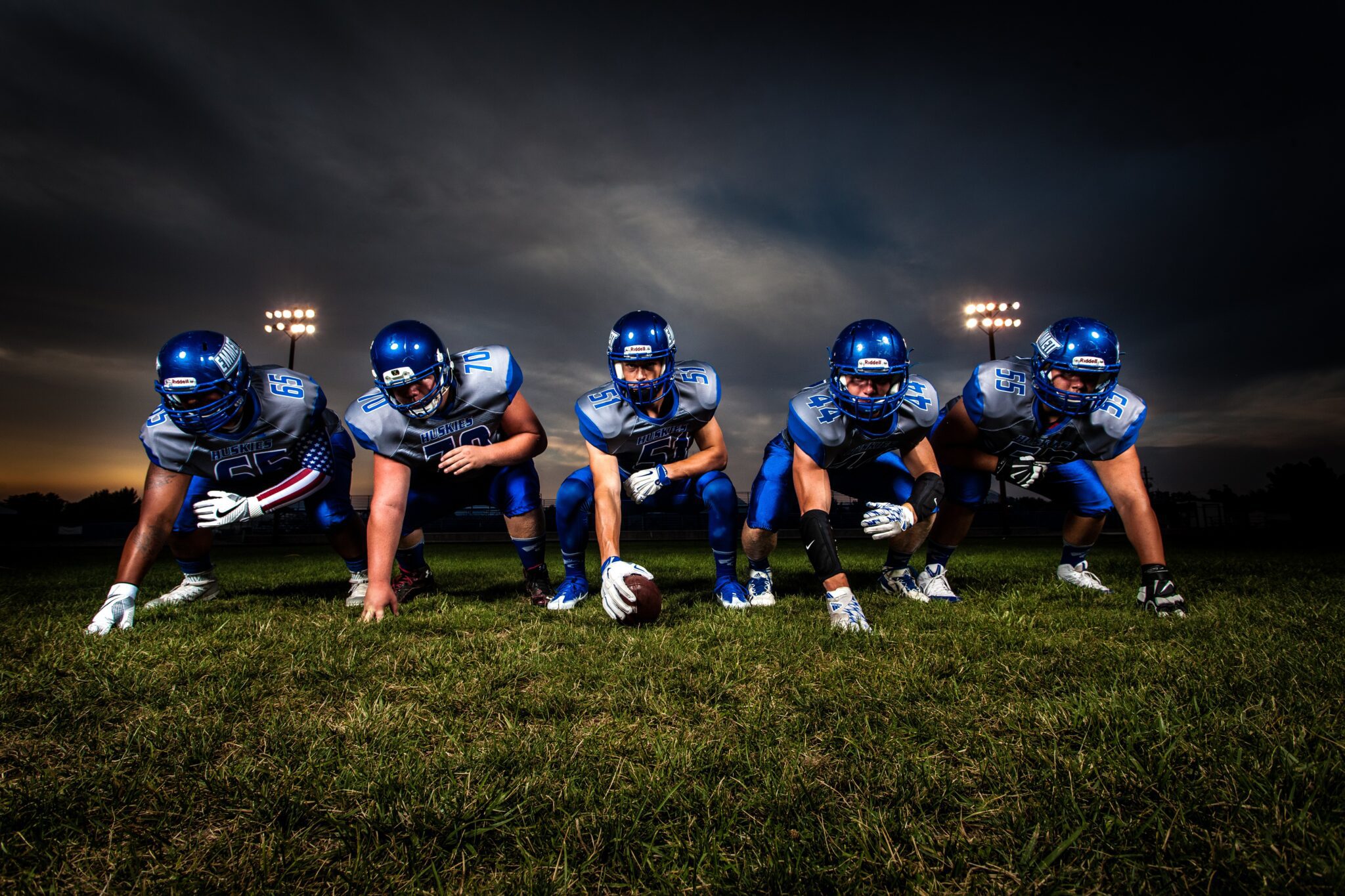The biggest day in advertising is nearing, and with that the advertising chatter from marketers and brands takes on an all-time high. As Super Bowl LIV approaches, some brief research on last year’s numbers puts doubt in mind: with viewership in 2019 down from previous years (in fact, it was the least watched Super Bowl in 11 years) will marketers continue to push millions into seconds-long spots in the hopes of capturing a mere flash of consumers attention? In the age of social media and real-time responses – where something as simple and strategic as a timely tweet can get your brand viral attention – are marketers still willing to take the plunge?


On the whole, the answer appears wholeheartedly yes. Year-over-year NBC continues to sell out of Big Game spots, indicating that brands are effectively able to measure success and pour more money into their TVCs. In fact an NBC rep announced that this year’s pricing for Fox’s Super Bowl LIV units topped out at $5.6 million per 30-second spot, an especially high watermark for the broadcast. Anheuser-Busch InBev holds exclusive beer advertising rights and continues to parade their Clydesdales and Dilly’s Dilly’s on the screen. Coca-Cola and Kia are expected to make their 14th and 11th appearances, respectively, as their 2020 commercial streaks endure.
Given the recurring appearance from multiple brands for these coveted spots, one assumes that CMO’s, analysts, and marketers alike are effectively able to derive value and prove efficient ROI from these costly investments. At Marketscience, the question we then chose to ask was: what kind of value are these brands revealing, and how is it being unearthed?
We pose that there are two types of value unlocked through these Super Bowl commercial investments: short-term ROI and long-term ROI.
- Short-term includes everything from a spike in social impressions and website visits to immediate and interim sales boost.
- Long-term ROI is subtler and reflects an overall lift in brand equity and awareness over multiple years. How this brand equity leads to sales, however, is the tougher question to answer and requires advanced measurement techniques and economic models of market demand.
While short-term returns can still benefit a brand, we posit that the true value from advertising during an event like the Super Bowl comes from the long-term brand awareness and equity that is gained through recurring brand exposure over the years. A brand is more than its sales. A brand with great advertising has the potential to change and create behavior, habits and perceptions. The challenge for longer-term ROI measurement, however, is far greater. While short-term success can be gauged via a spike in the data that compares data to a previous point in time, long-term ROI is focused on measuring an overall shift in a brand’s base-level.
For example, AB-InBev hinges largely on an emotional connection that, over time, one will begin associating their range of beer products with football. This type of association can last not just the span of the Super Bowl, but all future football games to come. One can claim that the power of that association, and strength of brand equity is simply invaluable.


Although short-term returns are less valuable for a brand overall, our hypothesis is that they are maximized when these three criteria are present: mass target audience, seasonality/ timeliness, and marketing ecosystem integration.
For example, one can deduct that Turbo Tax – a recurring advertiser during the Super Bowl – experiences ROI success partly because the timing aligns with tax season and the large majority of those watching are reminded of having to file their taxes in the near future. Moreover, the brand doesn’t just rely on their big game spot to do the heavy lifting. Their commercial is complemented with a complex and integrated marketing ecosystem – inclusive of in-app, online, and social – all of which reinforce the same message as their TV commercial at the same time.
Of course, despite all of this, it would be naïve of us to assume that any brand could achieve efficient ROI (short or long) with a Super Bowl spot. It’s imperative to take into account that ads and brands have different objectives, strategies, and tactics, and naturally, there’s no secret sauce for ROI success. In the end, it simply comes down to the content, the measurement, and the strategy behind it all.
